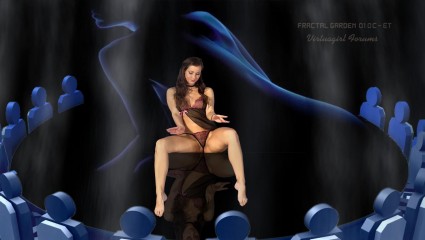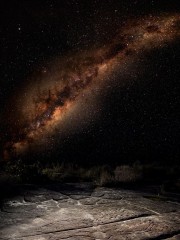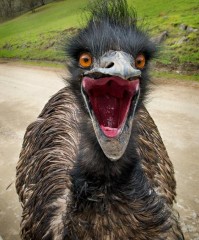Fullscreen: 'inout' entry from the left, and asymmetric card mirrori
Wszystko o iStripper
July 9, 2015, 9 odpowiedzi
2 ways to change this.
You can either select that line of code in the .scn file and delete it. Or at the very beginning of that line of code, insert 2 forward slashes (//). This 'Comments' out the code. Meaning that those 2 forward slashes, in this language mean that you are adding dialogue to the code rather than an active part of the program. You are 'commenting' on what you're doing :)
First of all, all clips are recorded as entering from the right. If you've seen the pics of the Paris studio setup, the girls always enter from the right side.This will produce any words/ lettering correctly.
Strangely enough, in normal desktop mode, this is usually switched to the the mirror image. I have no idea why...
I've watched many demos and they always seem to appear from the left, reversing the original recorded images
Using Fullscreen mode, the entry direction can be changed. From the left, do nothing and I believe all clips will be reversed. Ie., Any visible letters will be reversed. OR, using scale: -1, 1, 1, added to the 'clipSprite' (The Models) part of the code edited using notepad or a similar text editing program, the girls will be viewed as the original recording.
For the bravehearts out there, if you only have the included scenes that come with the download of version 1.2.0.84 (.85 for Mac), try this: ( Anybody who has more scenes should already know this stuff so, switch off now ;) )
Open your usual GUI (Graphical User Interface) be it VG or DB. Then select Advanced/ Fullscreen. This will now show you the choices of Fullscreen scenes you have available/installed.
At the bottom left, there's a newish button called, 'Open scenes folder.' Click this and it'll take you to where all your scene files are stored on your hard drive.
Ok. Now for the tricky stuff... Pick a folder that you want to change and open it. If you picked Paris Penthouse Club, you'll see these folders:
The standard yellow folders called Multi and Single. These contain images for the scenes. Below these there are these 3:
Multi
Single Sit
Single Standing
These are .scn files and they control the Fullscreen scenes.
You can right click on any of these ( In Windows, they have a cute little blue notepad icon) and then open with: Notepad or a similar text editing program.
Now. You are going to see a lot of plain English text, all commented out (//) which is very useful when you start out with fullscreen creation but for our current purposes here is useless. If you haven't seen code like this before then don't worry! It's all actually pretty simple to learn :)
You'll see at the beginning, after all the blurb, explaining what needs to be done, parts of the active code.
For this explanation, ignore all of that and scroll down till you see this:
You'll see lots of references to Texture, Camera, The Bar, Sprites, Lights, etc.
When you get to, ' clipSprite', now we're in business!
clipSprite {
pos: 0, -150, 20
source: Clip
standingHeight: 700
sittingHeight: 550
resolution: 20
material: true
scale: -1, 1, 1
}
This clipSprite chunk of code is the part that determines how the models are displayed in Fullscreen mode. We have an amazing amount of control over these chunks! That's for another day tho.
This chunk was taken from the Paris PC code, slightly modified by yours truly. (I added the scale bit and if I remember correctly, the sittingHeight part) I probably altered both height settings too, as is my wont :)
This should really be in the Beast's Tutorial thread but what the hell...
For this thread, the important part is at the bottom. ( scale: -1, 1, 1) These 3 numbers signify X, Y, Z. X is horizontal, Y is vertical and Z is depth. If you want your girls entering from the left, and reversed lettering, you can either delete this line completely or put 2 forward slashes in front of it. Like this:
//scale: -1, 1, 1
If you don't see this line of code in a given scene, then all your girls will enter from the left and be mirror images of the or






